Discover 9 hidden attractions, cool sights, and unusual things to do in Kasukabe (Japan). Don't miss out on these must-see attractions: Tobu Zoo, Iwatsuki Castle, and Metropolitan Area Outer Underground Discharge Channel. Also, be sure to include Miyashiro in your itinerary.
Below, you can find the list of the most amazing places you should visit in Kasukabe (Saitama).
Table of Contents
Tobu Zoo
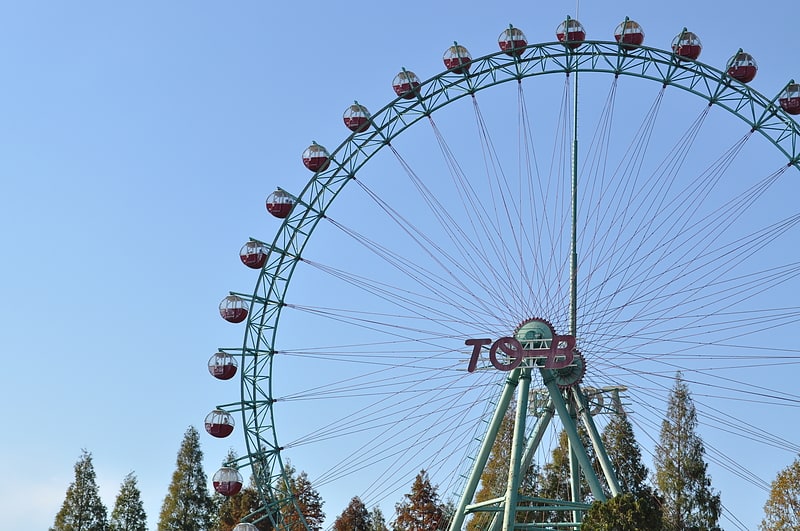
Also known as: 東武動物公園
Zoo in Miyashiro, Japan. Tobu Zoo is a combination of a zoo and an amusement park located in Miyashiro, Saitama Prefecture, Japan.[1]
Address: 110 Suka, 345-0831 Miyashiro-machi
Iwatsuki Castle
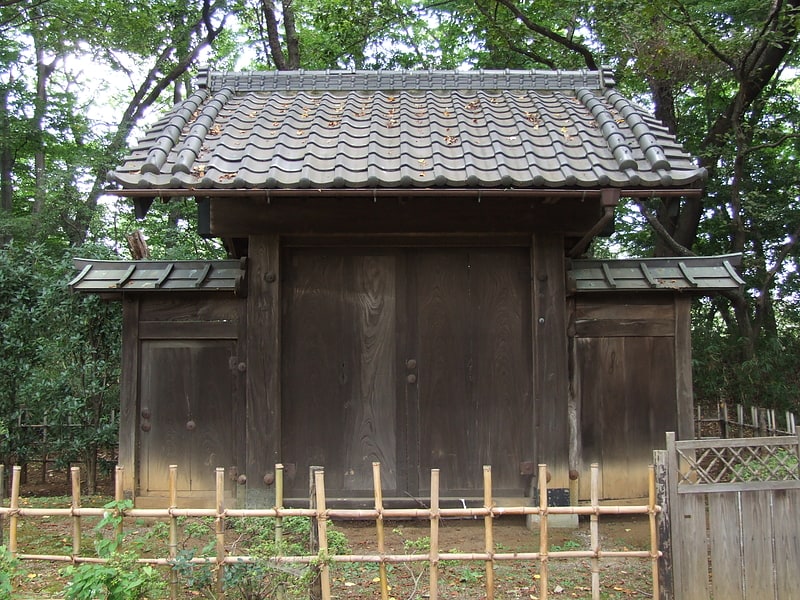
Also known as: 岩槻城
Castle in Saitama, Japan. Iwatsuki Castle is a Japanese castle located in Iwatsuki-ku, Saitama, in Saitama Prefecture, Japan. At the end of the Edo period, Tateyama Castle was home to the Ōoka clan, daimyō of Iwatsuki Domain, however the castle dates from the Muromachi period and was inhabited by many samurai lords over its history. During the Edo period, the name of the castle was written as “岩付城”. It was also known as "White Crane Castle" or "Floating Castle". The site of the castle is a Saitama Prefectural Historic Monument.[2]
Metropolitan Area Outer Underground Discharge Channel

Also known as: 首都圏外郭放水路
The Metropolitan Area Outer Underground Discharge Channel, is an underground water infrastructure project in Kasukabe, Saitama, Japan. It is the world's largest underground flood water diversion facility, built to mitigate overflowing of the city's major waterways and rivers during rain and typhoon seasons. It is located between Showa and Kasukabe in Saitama prefecture, on the outskirts of the city of Tokyo in the Greater Tokyo Area.
Work on the project started in 1992 and was completed by early 2006. It consists of five concrete containment silos with heights of 65 m and diameters of 32 m, connected by 6.4 km of tunnels, 50 m beneath the surface, as well as a large water tank with a height of 25.4 m, with a length of 177 m, with a width of 78 m, and with 59 massive pillars connected to 78 10 MW (13,000 hp) pumps that can pump up to 200 tons of water into the Edo River per second.[3]
Address: 720 Kamikanasaki, 344-0111 Kasukabe
Miyashiro

Also known as: 宮代町
Town in Japan. Miyashiro is a town located in Saitama Prefecture, Japan. As of 1 March 2021, the town had an estimated population of 33,823 in 15,234 households and a population density of 2100 persons per km². The total area of the town is 15.95 square kilometres.[4]
Sugito
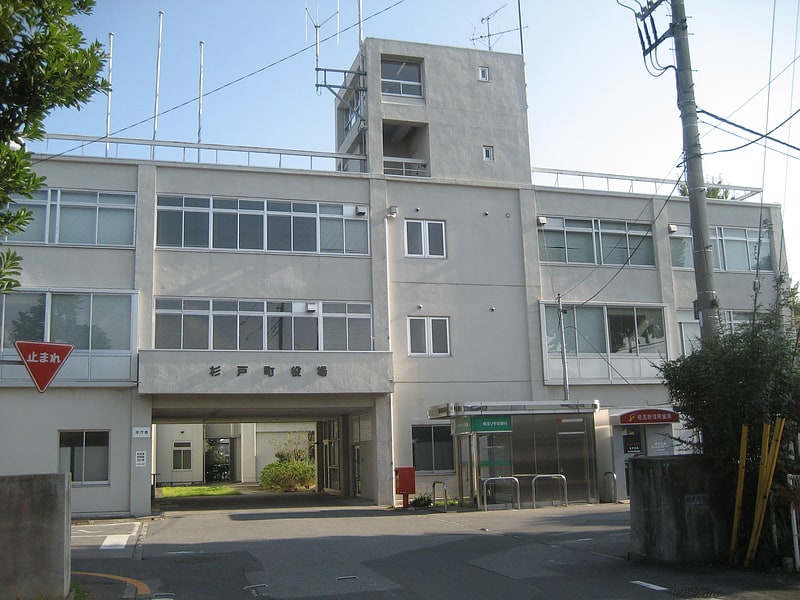
Also known as: 杉戸町
Town in Japan. Sugito is a town located in Saitama Prefecture, Japan. As of 1 March 2021, the town had an estimated population of 44,402 in 19,409 households and a population density of 1500 persons per km². The total area of the town is 30.03 square kilometres.[5]
Nippon Institute of Technology

Also known as: 日本工業大学
Private university in Miyashiro, Japan. Nippon Institute of Technology is a private university in Miyashiro, Saitama, Japan, established in 1967.[6]
Address: 4-1, Gakuendai, Kasukabe
Shinpukuji Shell Mound
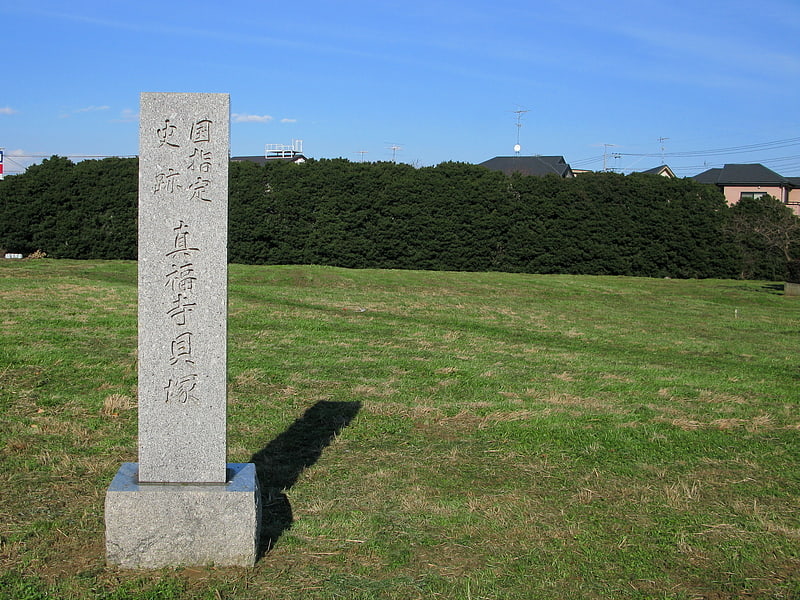
The Shinpukuji Shell Midden is an archaeological site in the Iwatsuki neighborhood of the city of Saitama, Saitama Prefecture, in the Kantō region of Japan containing a late Jōmon period shell midden and settlement ruin. The site was designated a National Historic Site of Japan in 1975, with the borders extended in 2002 and again in 2016.[7]
Ōmori Shell Mound
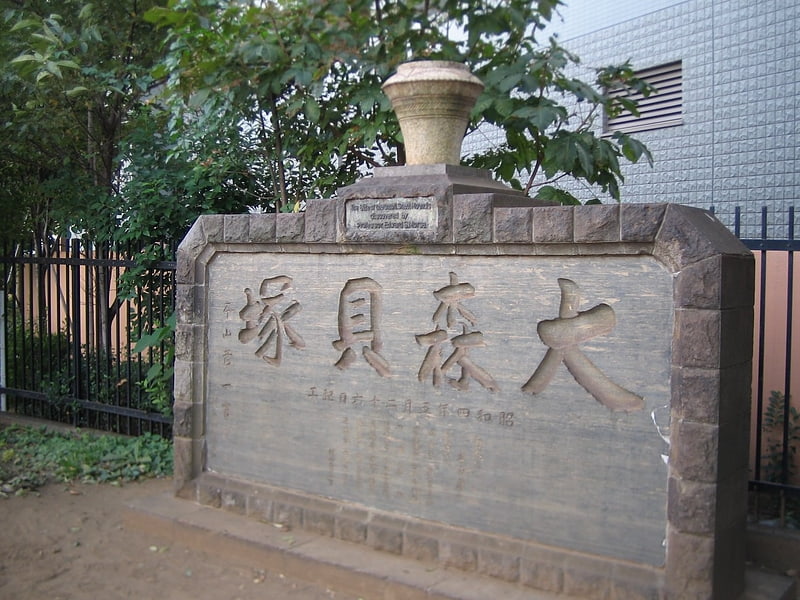
The Ōmori Shell Mounds was an archaeological site on the border of Shinagawa, Tokyo and Ōta, Tokyo, in the Kantō region of Japan containing a late Jōmon period shell midden and settlement ruin. The site was designated a National Historic Site of Japan in 1955, with the area under protection extended in 1986.[8]
Kyoei Gakuen Junior College
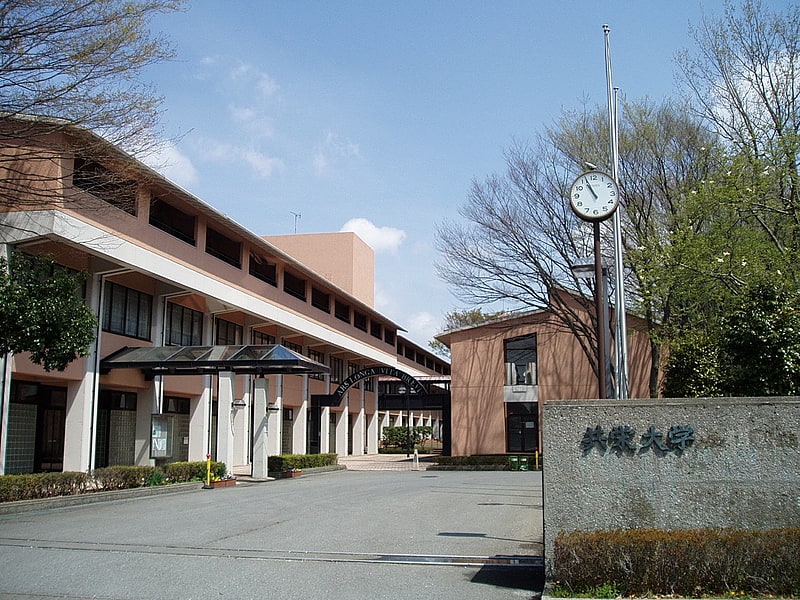
Also known as: 共栄学園短期大学
Junior college in Kasukabe, Japan. Kyoei Gakuen Junior College is a private junior college in Kasukabe, Saitama, Japan, established in 1984.[9]